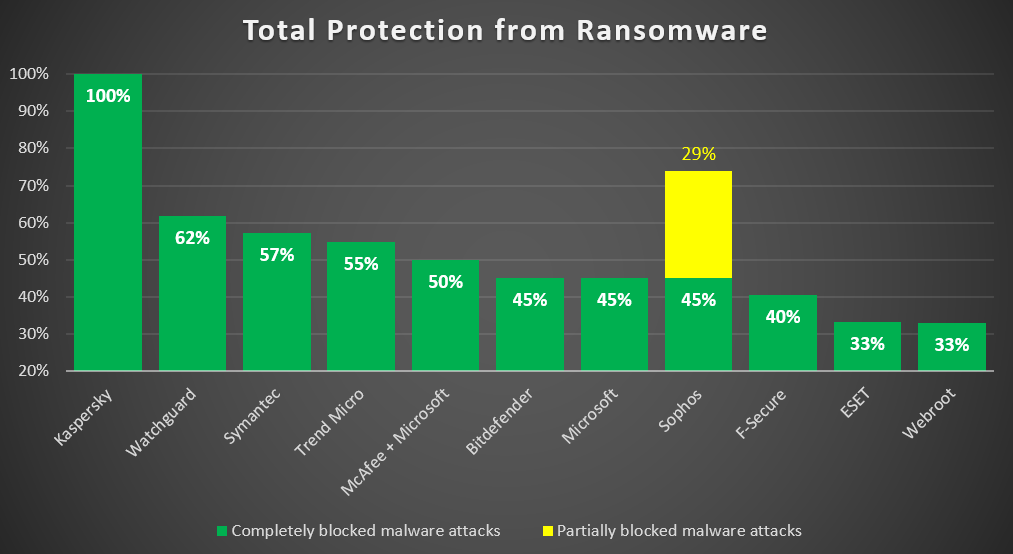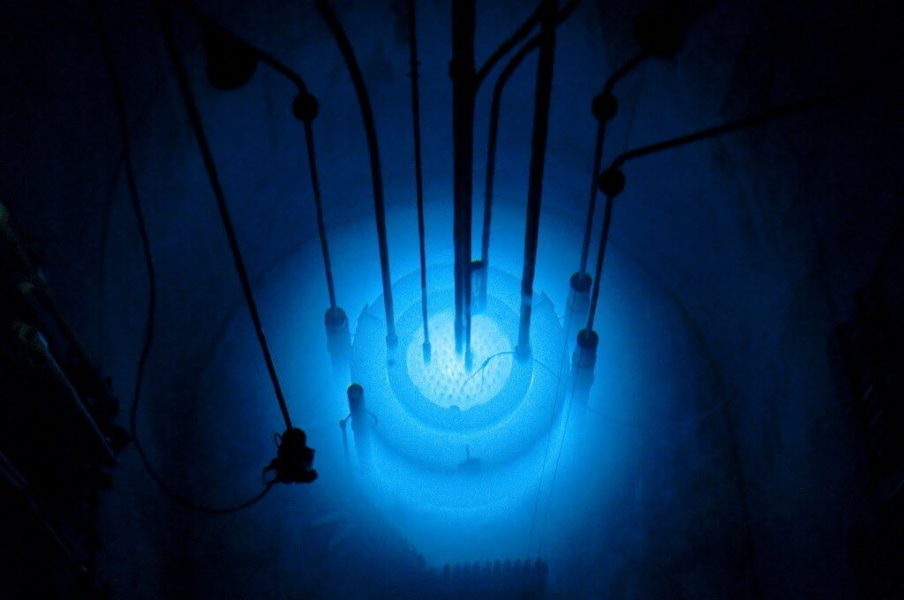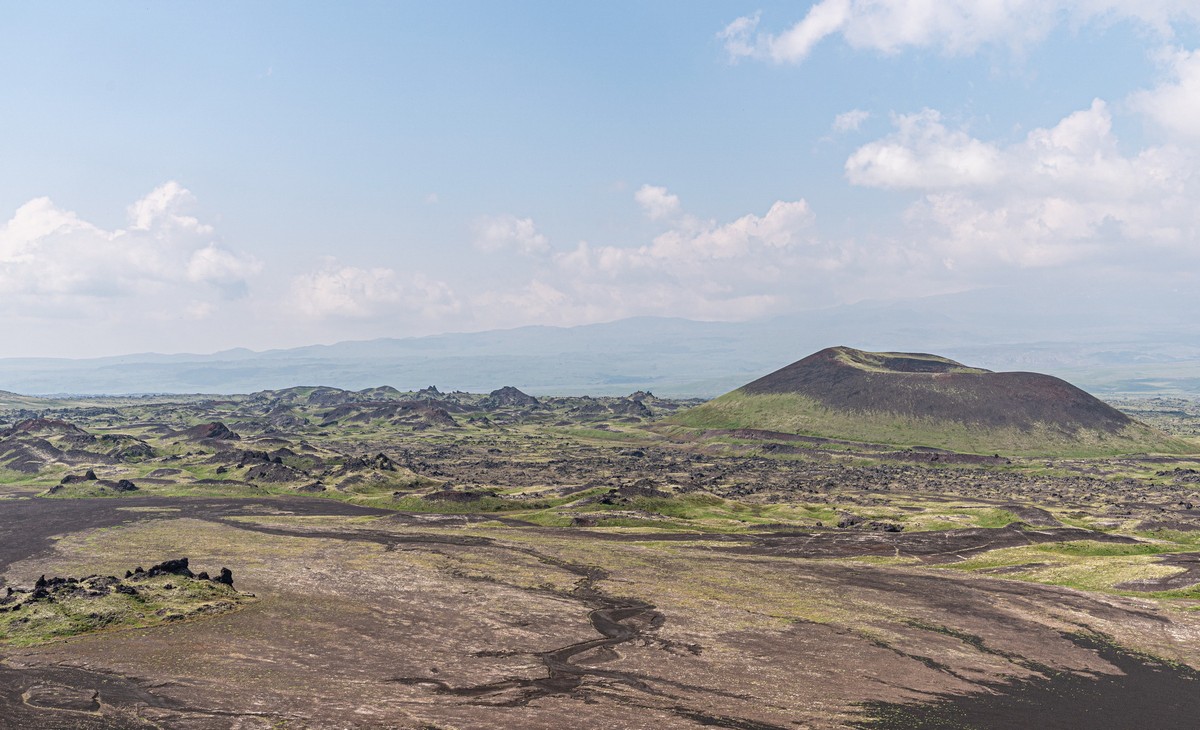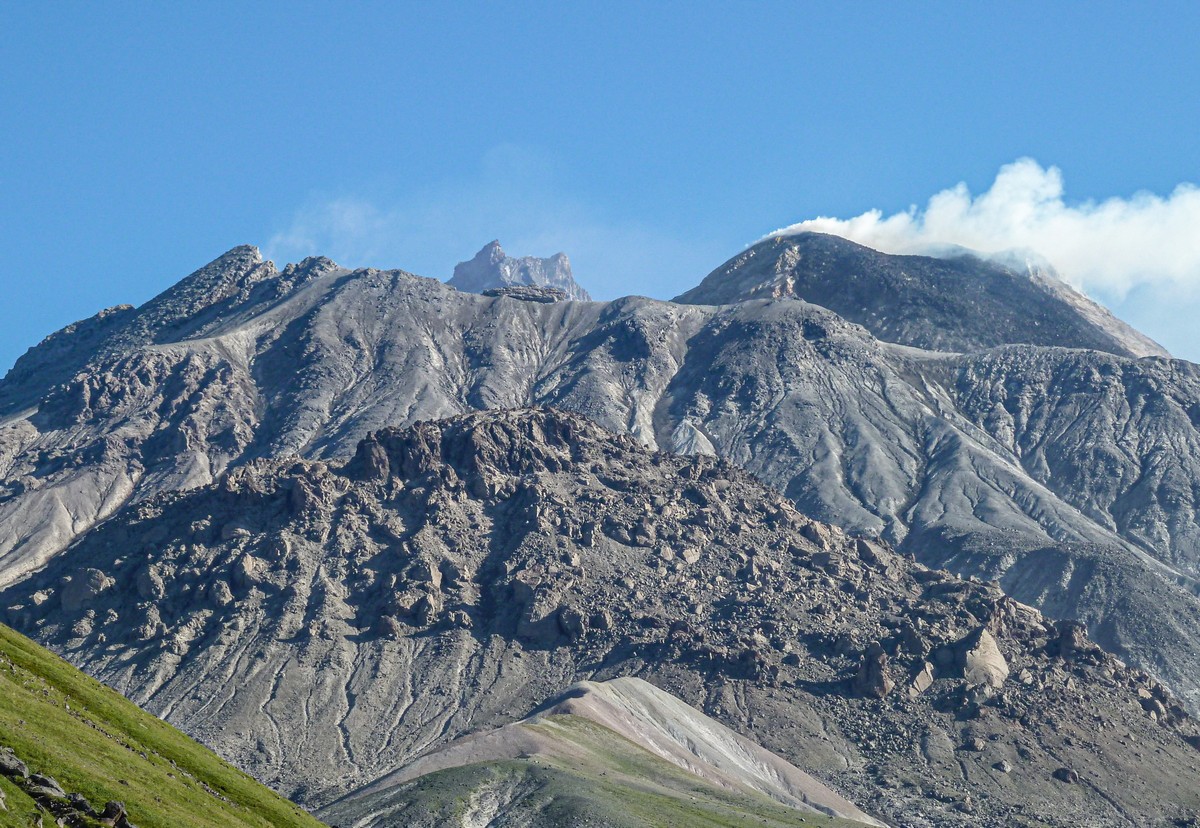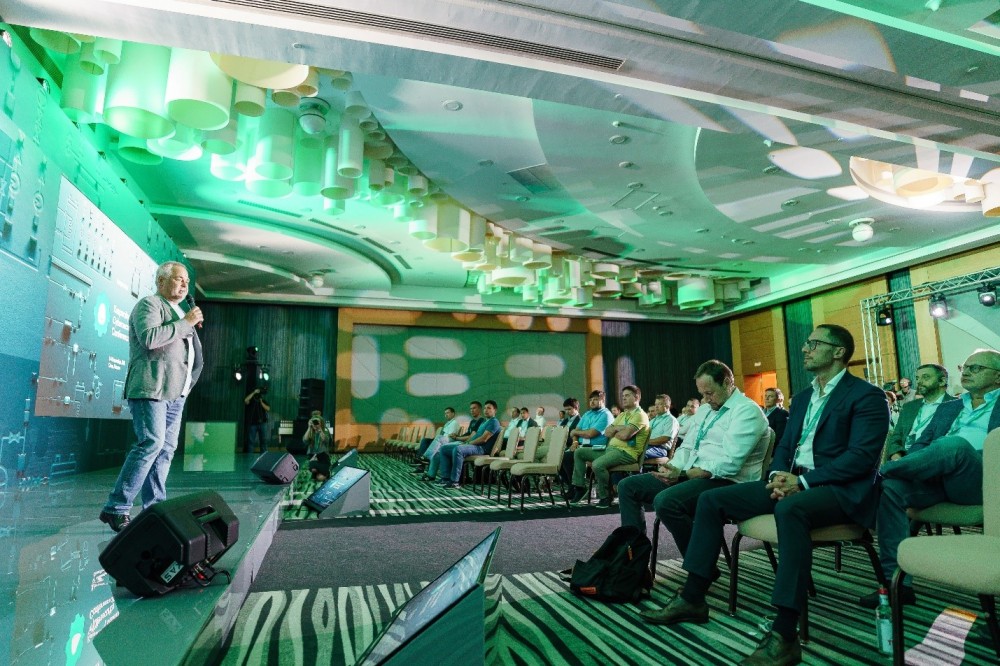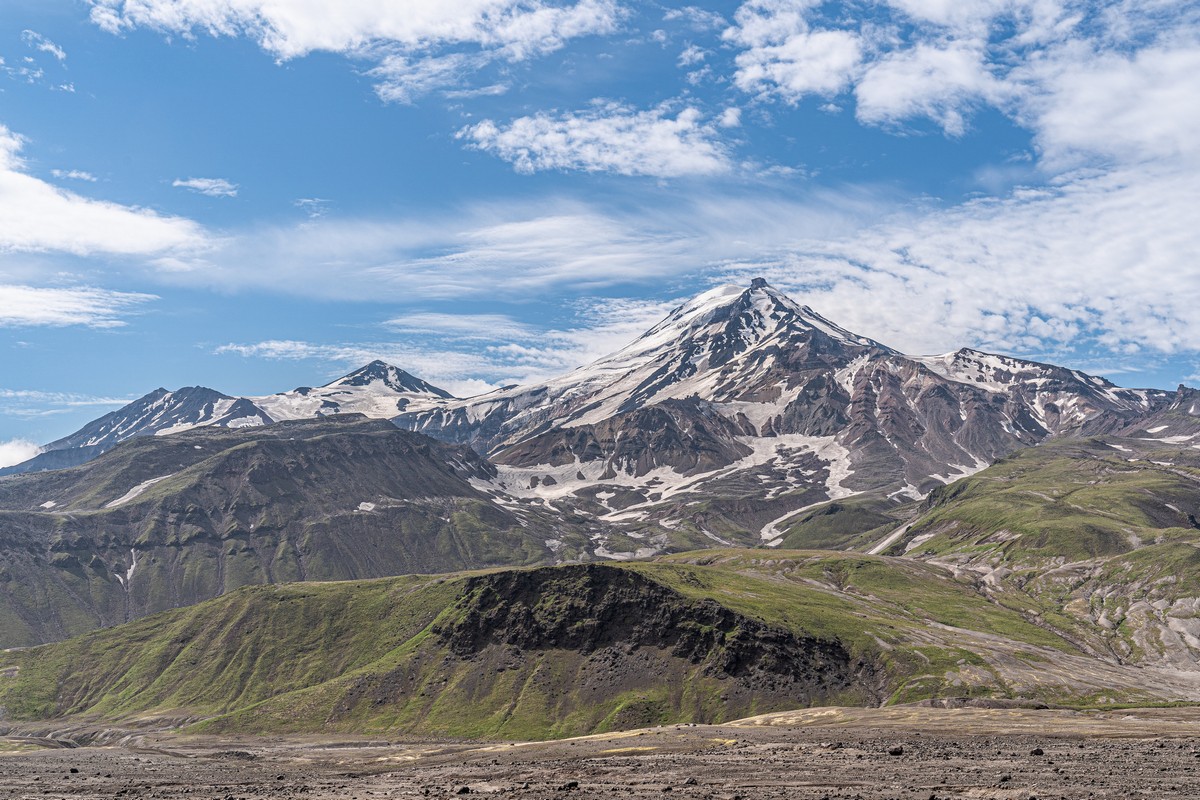Aha – it’s that special day that comes just once a year. Actually, no – that’s not 100% accurate. It can come twice a year – over two consecutive repeated days! For example, you celebrate the first day somewhere like Fiji, and then you head over to Tahiti – still in yesterday – for a repeat day of fun and frolics. Well, why not? And I tried it once: a group of fellow travelers and I had a full March 29, 2018 twice! Does it mean we’re a day older – or is it younger? – I’m still not sure ).
However, this year I’m a little closer to home than the tropical islands in the middle of the Pacific, and it’s a little cooler too: for my 56th birthday I’m in full-on work mode on a brief northern-European business trip taking the route Moscow-London-Copenhagen-Moscow.
So what can be said about being 56? I guess it depends on who is saying it. For those who are already long past it, they may be… condescending! For those who were born around or even on October 4, 1965 – they’ll probably be full of familiar, nostalgic understanding ). For those for whom 56 is still a long way off, I guess they may not be able to even start to imagine what it could possibly be like to be… four years short of 60! So, what I will say about being 56 is directed at this latter group. All righty, here we go…:
Being 56 – it’s all just the same! No new feelings or sensations are added on this ‘special’ day, and all existing feelings and sensations don’t suddenly disappear off somewhere. No change; no worries!
Ok, at least – that’s what I can say about this particular day – compared with, say, yesterday, when I was still 55 years old. But there is one thing that’s been building up gradually over recent years that is a bit of a downer, albeit of a first-world-problems sort. See, I’ve been lucky enough, over the last few decades, to have been constantly traveling/flying/expeditioning around the globe – so much so that, well, the senses have become a little dulled. So many countries visited, so many places checked out (and keenly photographed), so many seas and oceans bathed in, so many hotels, so many… impressions overall. It’s come to the point where it’s hard to surprise me, much less amaze me. Of course, there are exceptions – for example, on the Kolyma Highway in January. Now that was surprisingly amazing! So much so I’m planning a repeat road trip next year.
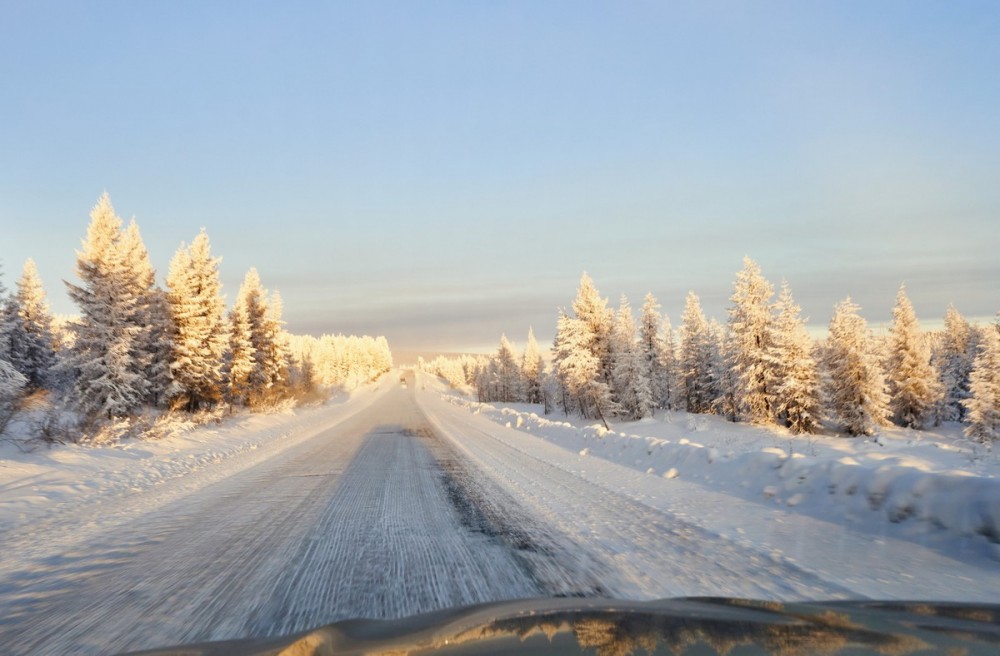
Bah – enough complaining. Back to the good stuff: I am still experiencing some new things for the first time…
For example, I’d long (very long) dreamed of running a half-marathon. And thanks to the vile crowned virus of 2020 vintage, last year I managed to run a full two of them after being able to train so much due to my practically being grounded and having much more free time on my hands legs. And this year I’ve done another two. Just running on my own, mind – just ‘for me’, not in an official half-marathon with all the crowds. Oh, and last summer, after putting in so many hours at the gym pumping iron, I finally managed to bench 111kg, which for me of course is the ideal weight as it’s so much like 11-11 (inside-joke; apologies newbies; ok – here you go:).
So, in summary, as I enter my 57th year… life’s pretty good! So I raise a glass to new endeavors, new challenges, more travels (despite my gripes), and more, new, everything else!
Thank you, thank you! You’re all too kind! Hugs and kisses. From me xx.
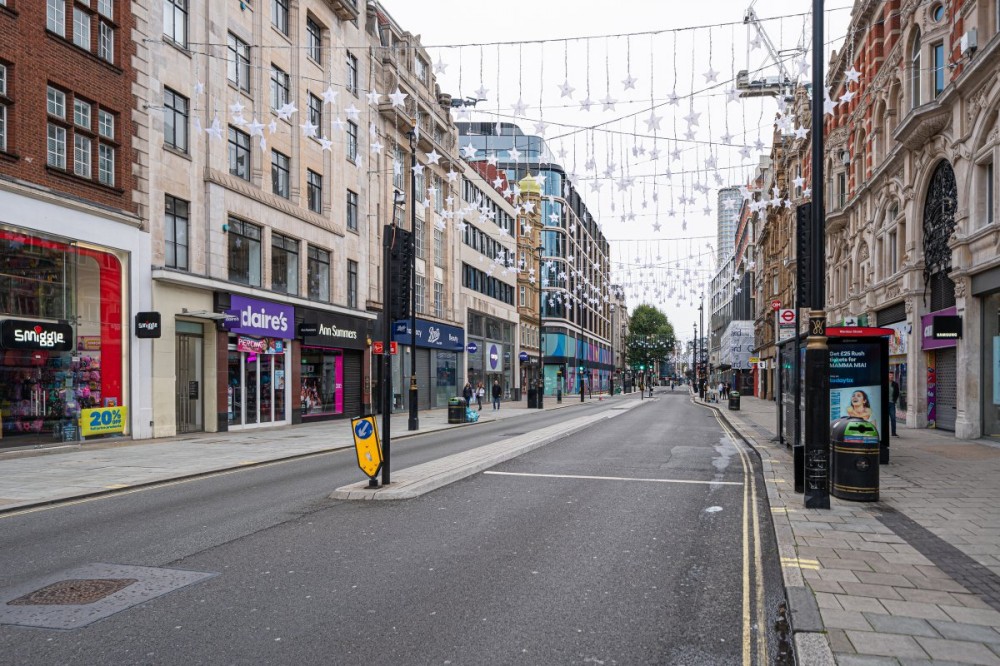
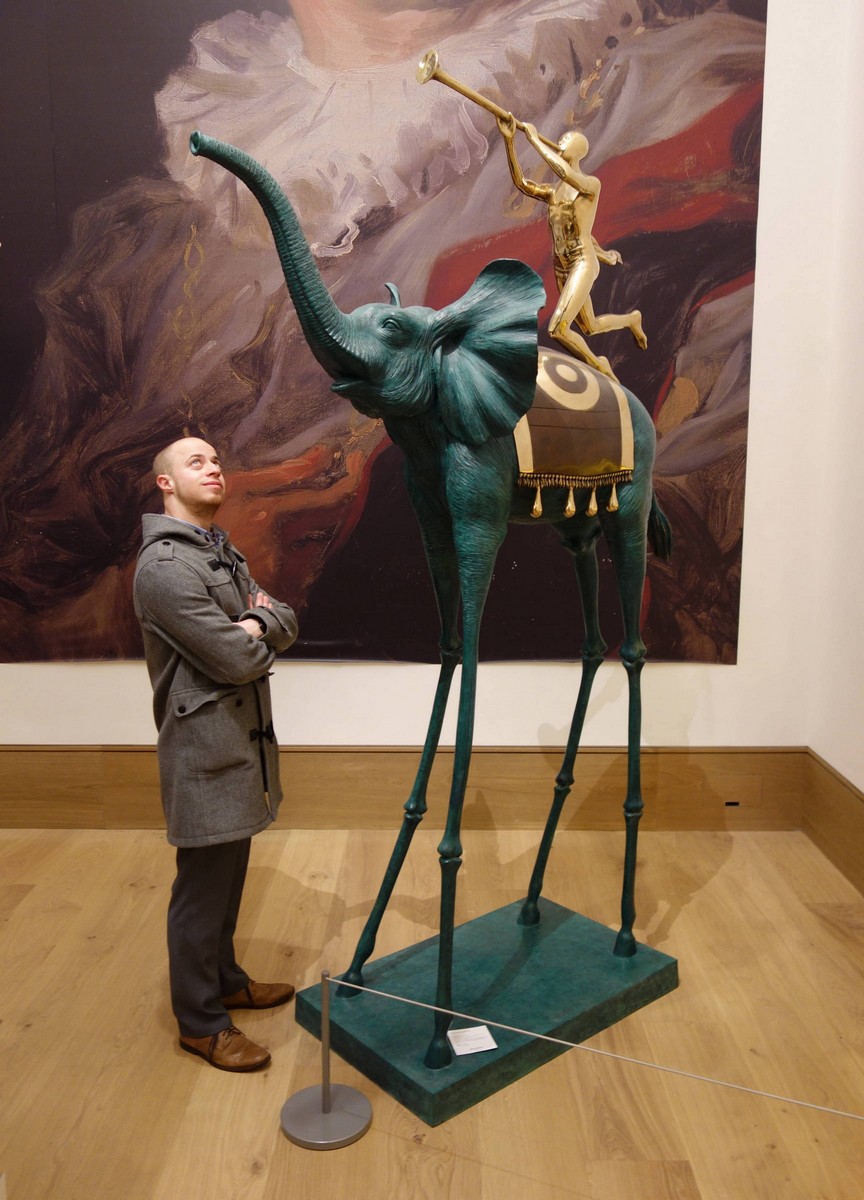
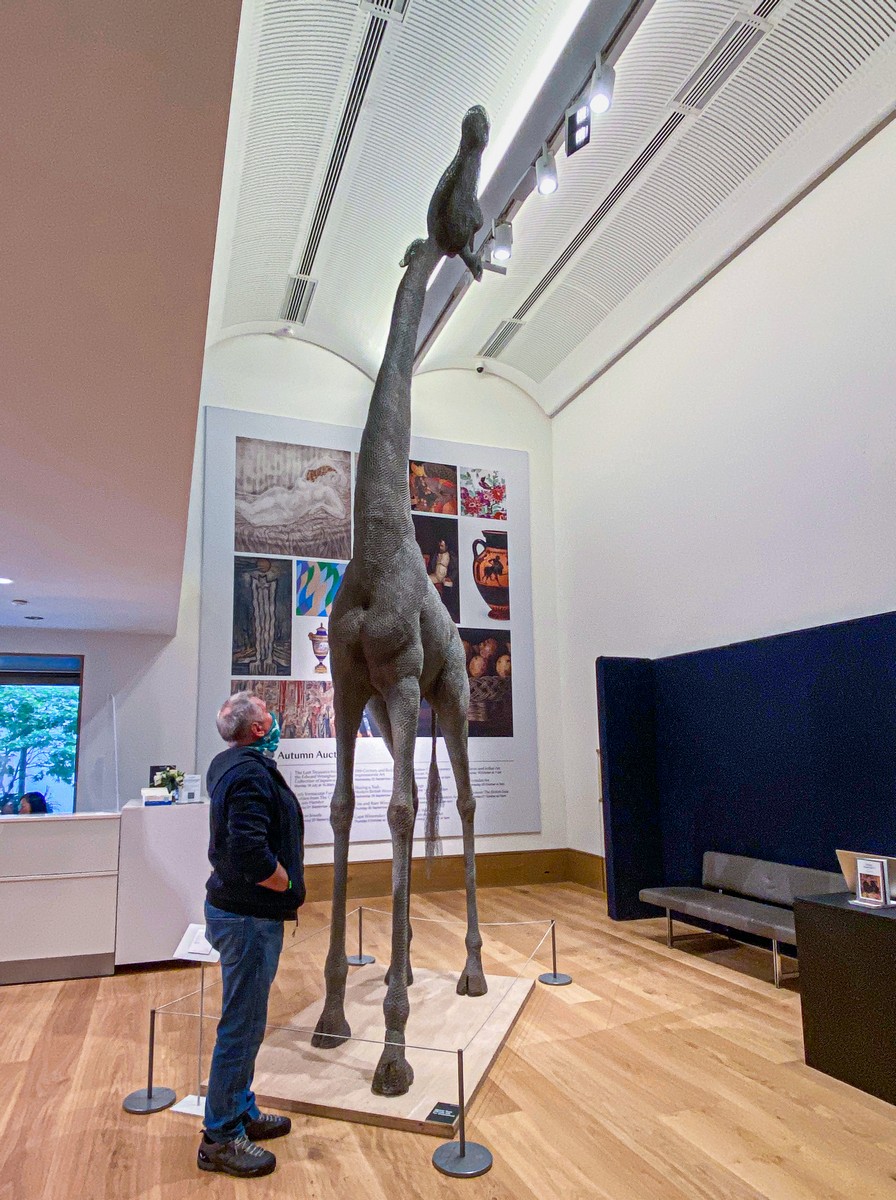




![YOU CAN NEVER GET TOO MANY AWARDS. SEE 1ST COMMENT FOR ENGLISH ⏩
"А из нашего окна страна Австрия видна!" - практически (с). Но в этих австриях я был не смотреть из окна, а по многочисленным деловым делам, первое из которых - лично получить несколько важных наград и множество сертификатов от независимой тестовой лаборатории AV-Comparatives.
Это далеко не первая наша награда. Скажу больше - на протяжении последних десяти лет по результатам независимых тестов к нам даже близко ни один конкурент не подобрался. Но почему тогда такое внимание конкретно к этой победе? Ответ простой: густопопсовый геополитизм. В наше весьма геополитически [очень мягко говоря] непростое время... Ну, если отбросить все казённые слова, то будет, как в известном анекдоте про поручика Ржевского. В той самой истории, когда ему указали повторить свою фразу без матерщины. На что тот ответил: "Ну, в таком случае я просто молчал".
Так вот, в наше "поручико-ржевско-молчаливое время" участвовать и получить первые места в европейских тестах - это за пределами научной и ненаучной фантастики. Что в целом совпадает с одной из основных парадигм моей жизни: "Мы делаем невозможное. Возможное сделают и без нас" (с). Большими трудами и непомерными усилиями - да! Это можно! Мы заделали такие продукты, такие технологии, такую компанию - что даже в непростое время нас и в Европах знают, уважают, любят и пользуются. Ура!](https://scontent-iad3-2.cdninstagram.com/v/t51.29350-15/430076034_1096357205018744_692310533755868388_n.heic?stp=dst-jpg&_nc_cat=103&ccb=1-7&_nc_sid=18de74&_nc_ohc=XLII-tX29aoAX80SM4u&_nc_ht=scontent-iad3-2.cdninstagram.com&edm=ANo9K5cEAAAA&oh=00_AfBINCtkZ3-r_aTvdSC36JELI05V6PuBnMWs672PK3GsBQ&oe=65E63D48)





